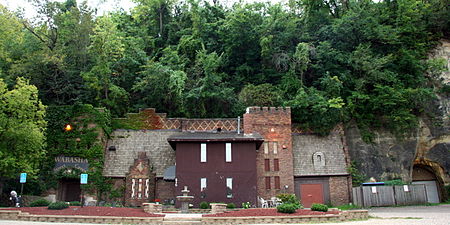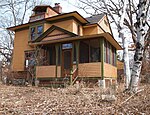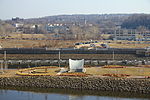Wabasha Street Caves

The Wabasha Street Caves is an event hall built into the sandstone caves located on the south shore of the Mississippi River in downtown Saint Paul, Minnesota. The caves have been home to mobsters, speakeasies, and for the past 30 years have hosted Swing Night every Thursday night with professional live Big Bands and vocalists, playing music of the old Tommy Dorsey, Glenn Miller, Count Basie, Duke Ellington Big Bands. Dances are open to the public and draw crowds in the hundreds. The Wabasha Street Caves also provide historical tours and Murder Mystery Tours in these sandstone caves in Saint Paul, Minnesota near the Mississippi River.[2] Moonlight Serenaders Big Band
Excerpt from the Wikipedia article Wabasha Street Caves (License: CC BY-SA 3.0, Authors, Images).Wabasha Street Caves
Wabasha Street South, Saint Paul West Side
Geographical coordinates (GPS) Address Phone number Website Nearby Places Show on map
Geographical coordinates (GPS)
| Latitude | Longitude |
|---|---|
| N 44.935741666667 ° | E -93.086913888889 ° |
Address
Wabasha Street Caves
Wabasha Street South 215
55107 Saint Paul, West Side
Minnesota, United States
Open on Google Maps










